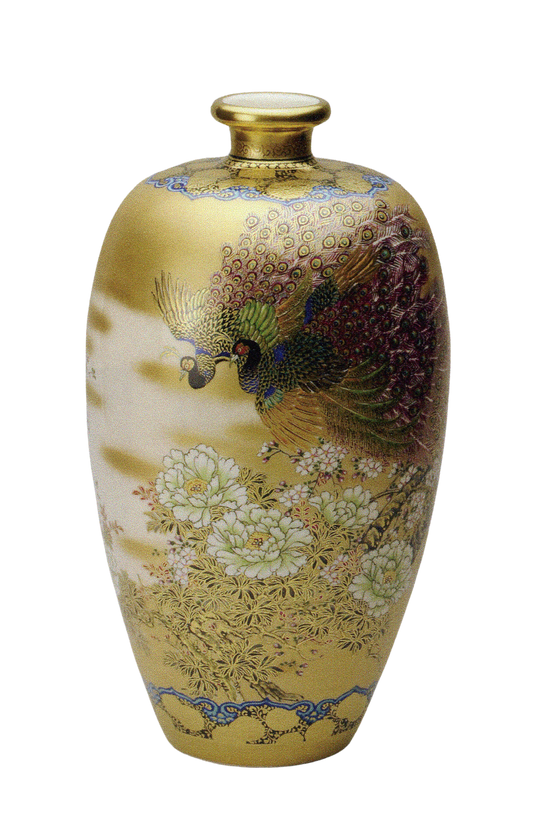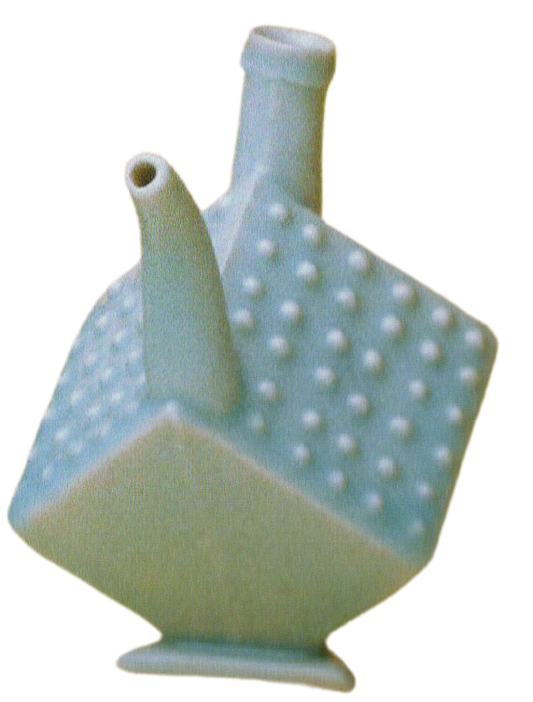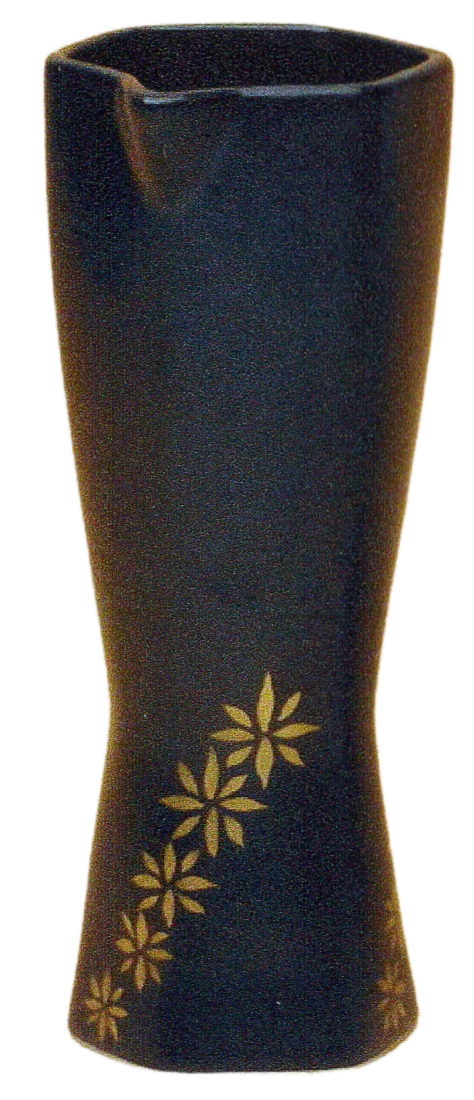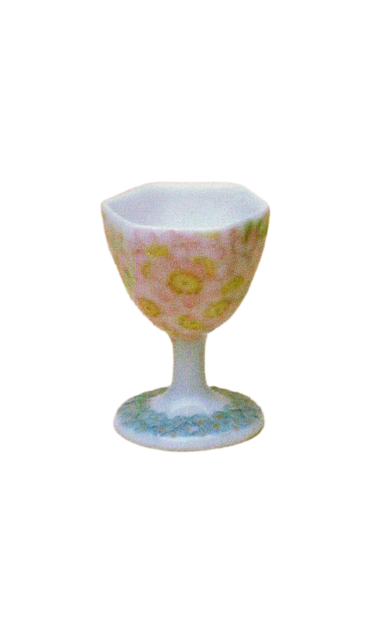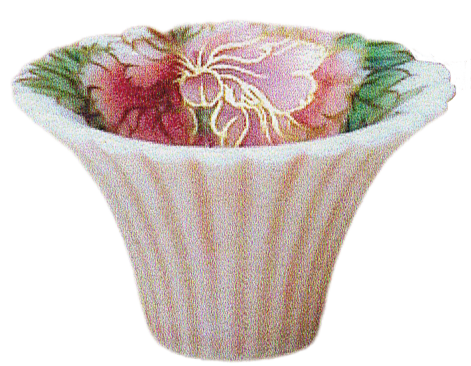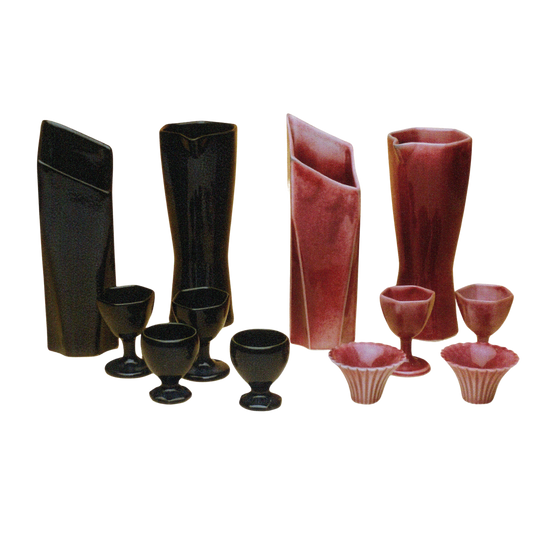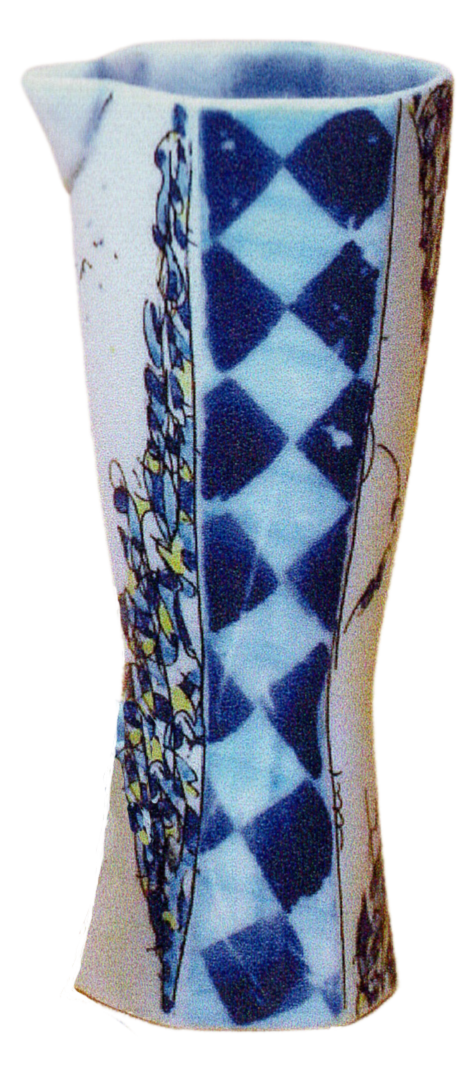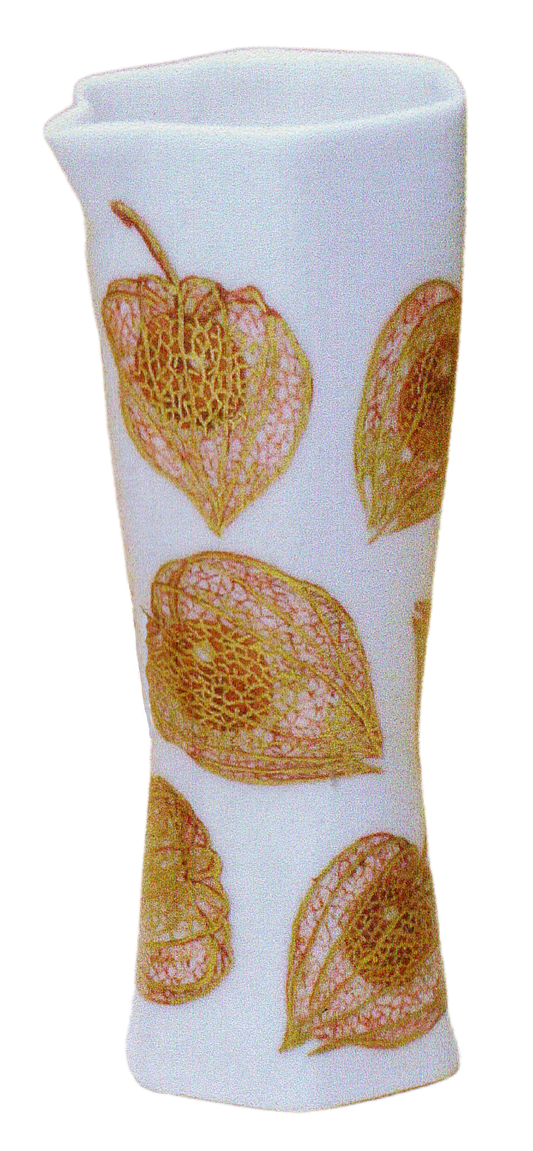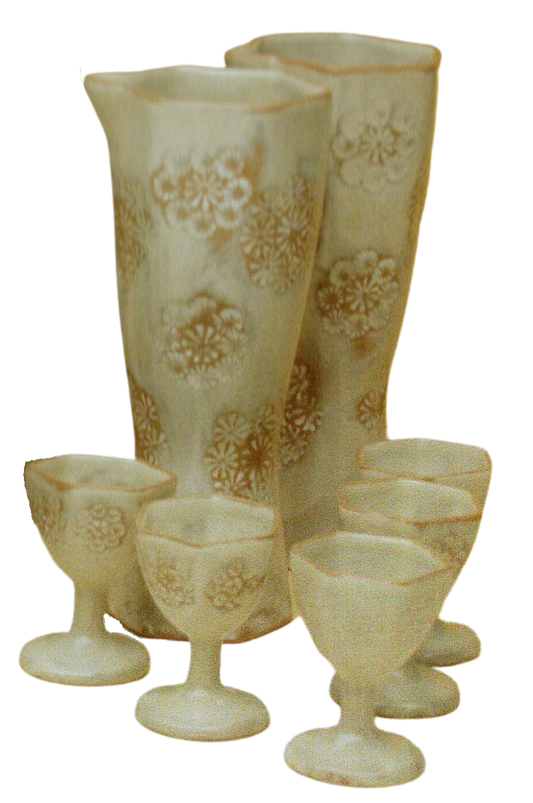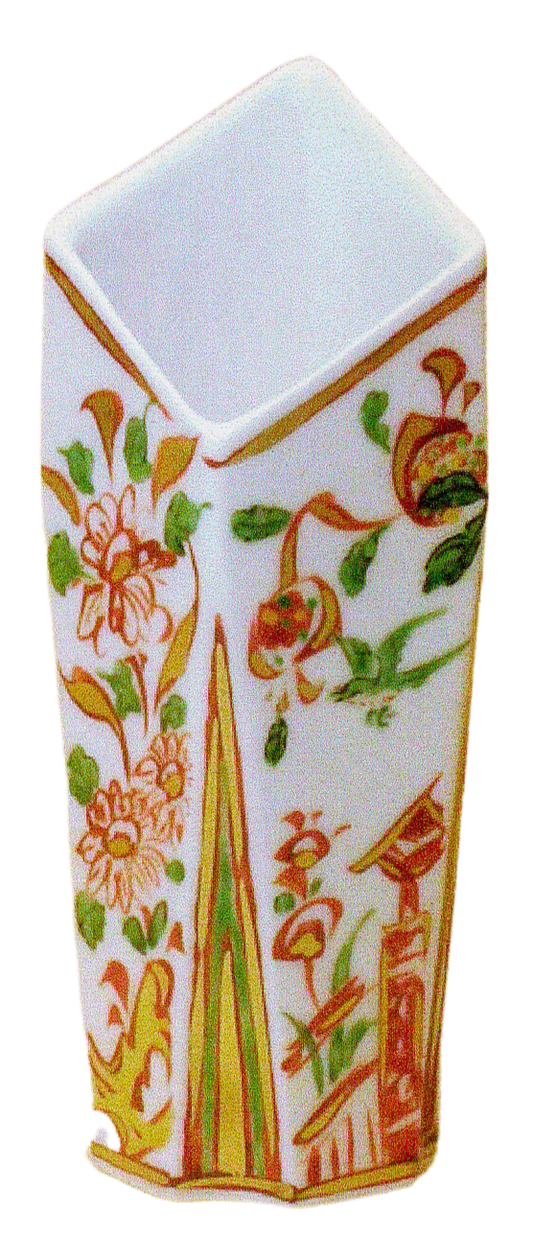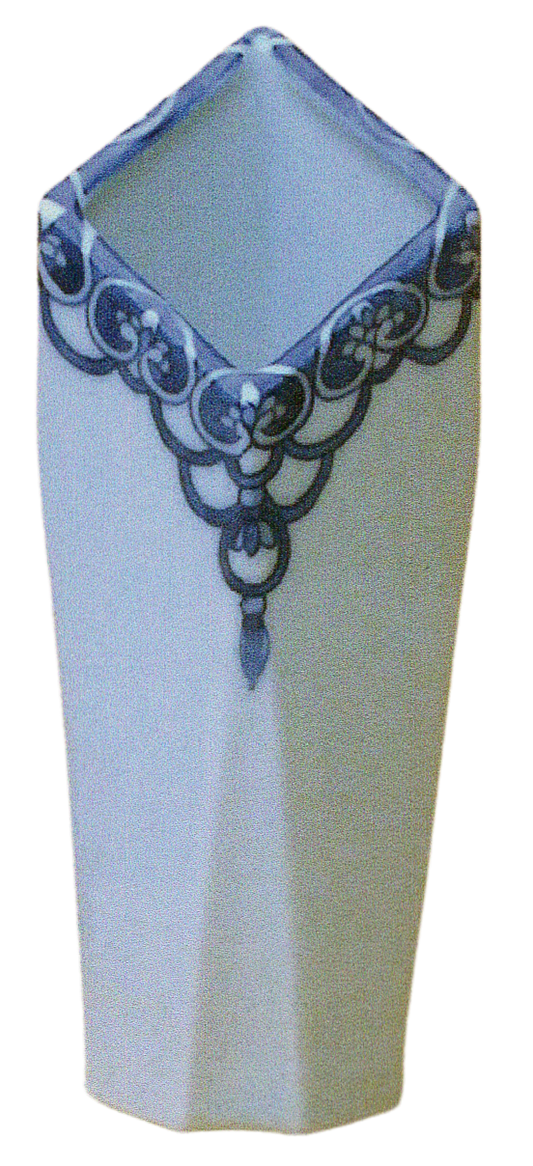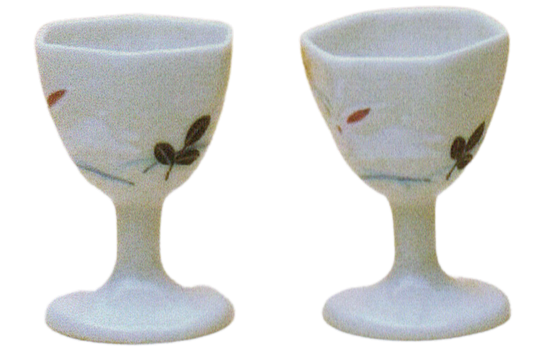Collection: Sake Cups & Containers (Traditional Handcrafts)
SAKE CUPS & CONTAINERS / HANDCRAFTS

The term "Sake" refers to a distilled alcoholic beverage originating from China. It is made using a similar process as Whiskey, "Shochu" (Japanese Spirits or Distilled Liquor), Vodka, and other distilled spirits. The main ingredients for Sake include grains such as corn, potatoes, sweet potatoes, peas, rice, and glutinous rice. Sake is colorless and transparent, and is a strong distilled spirit similar to Whiskey. We can find within the same Sake brand both 50° Sake Drinks as well as 40° Sake Drinks, the average typically being more or less than 50°.The term for "Sake" or "Shirozake" written in Japanese "白酒" is not specifically standardized and can vary. In China for example, it can be pronounced "Baiju" or "Paichu" among other variations. In official banquets and events, Sake is often served more frequently than regular Chinese Wine. It is considered a standard choice for toasts, and when people say "Kanpai" (乾杯), which means "Cheers" in Japanese, Sake is the go-to drink. Some Sake varieties can be very expensive.

And as a special offer for our customers, the Okayama Society Cooperative has made a sake cup specifically designed for "Sake" or "Shiro Sake". The inspiration for this came from seeing the sake cup that came with the purchase of Sake bottle. That sake cup felt uninspiring and a bit disappointing, especially considering the high-quality Sake it came with. We confidently recommend Kyoto ware (Kyoyaki) or Shimizu ware (Shimoyaki) sake cups for use on special occasions. They are a perfect fit for festive atmospheres.

Sake cups were originally meant for pouring and enjoying Sake by actually tasting it and feeling the texture against your lips. However, we hope you can appreciate our cups by imagining both the sensation against your lips and their texture/aesthetics.


However, for logistic reasons and out of necessity, these cups are only sold in quantities of 15 items at a time. Thank you for your understanding.
-
Vases & Incense Burners
Regular Price From ¥183,500 JPYRegular PriceUnit Price / per -
Seven Gods of Good Fortune
Regular Price ¥110,000 JPYRegular PriceUnit Price / per -
Sake Cups & Decanters #15
Regular Price From ¥138,750 JPYRegular PriceUnit Price / per -
Sake Cups & Decanters #14
Regular Price From ¥130,500 JPYRegular PriceUnit Price / per -
Sake Cups & Decanters #13
Regular Price From ¥138,750 JPYRegular PriceUnit Price / per -
Sake Cups & Decanters #12
Regular Price From ¥138,750 JPYRegular PriceUnit Price / per -
Sake Cups & Decanters #11
Regular Price From ¥118,125 JPYRegular PriceUnit Price / per -
Sake Cups & Decanters #10
Regular Price From ¥97,500 JPYRegular PriceUnit Price / per -
Sake Cups & Decanters #9
Regular Price From ¥138,750 JPYRegular PriceUnit Price / per -
Sake Cups & Decanters #8
Regular Price From ¥138,750 JPYRegular PriceUnit Price / per -
Sake Cups & Decanters #3
Regular Price From ¥64,500 JPYRegular PriceUnit Price / per -
Sake Cups & Decanters #7
Regular Price From ¥118,125 JPYRegular PriceUnit Price / per -
Sake Cups & Decanters #6
Regular Price From ¥180,000 JPYRegular PriceUnit Price / per -
Sake Cups & Decanters #5
Regular Price From ¥114,000 JPYRegular PriceUnit Price / per -
Sake Cups & Decanters #4
Regular Price From ¥118,125 JPYRegular PriceUnit Price / per -
Sake Cups & Decanters #2
Regular Price From ¥90,000 JPYRegular PriceUnit Price / per


